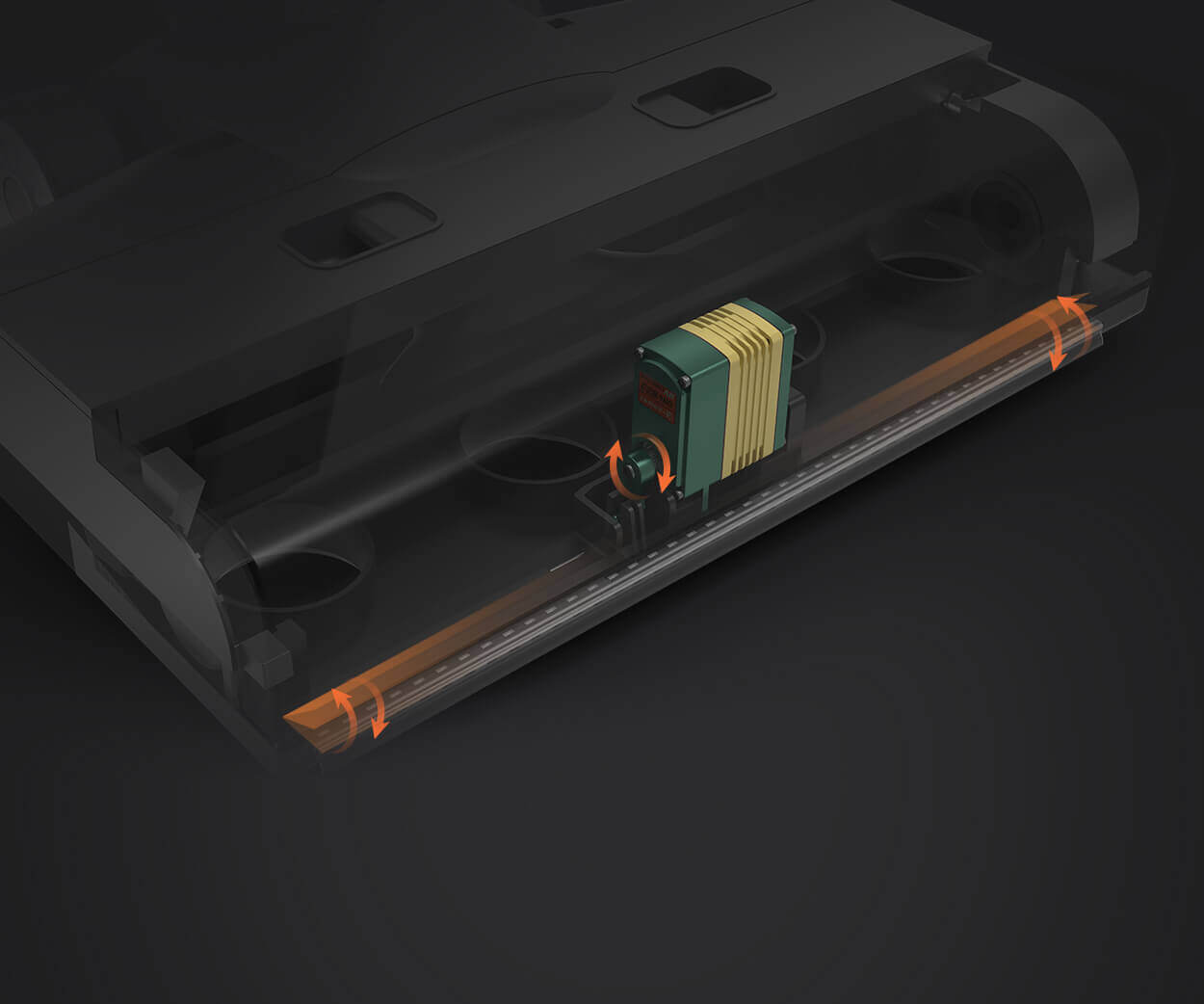Imagine a world where your application runs not as one monolithic block, but as a lively, interconnected web of tiny, independent pieces. That’s what microservice architecture is all about. Think of it like a bustling city with separate neighborhoods—each doing its own thing but working together seamlessly.

Now, picture a company handling thousands of users simultaneously. Traditional setups might struggle with downtime or sluggish responses when many decide to access different features at once. Microservices sort this out by breaking down functionalities—say, payment processing, user authentication, and data storage—into separate slices. If one part hiccups, others keep cruising, keeping your system resilient.
Here’s a quick flash of how it all plays out in a real-world example. Imagine a streaming platform: one microservice handles user profiles, another manages content recommendations, while yet another takes care of billing. Want to roll out a new feature, like personalized playlists? Deploy it just within that microservice. No need to redeploy the entire app. That’s flexibility in action.
So, why does everyone seem to be jumping on this bandwagon? Because scaling becomes way easier. Need more servers to handle demand? Just scale up the content delivery microservice. Want to update features without causing a lockdown? Microservices allow that too, one piece at a time—no panic, no downtime.
What about challenges? Sure, managing multiple services can feel like herding cats, but tools exist to keep things in check—containers, orchestration platforms, and monitoring suites. They help visualize, control, and troubleshoot all these tiny parts.
Is microservice architecture a fit for any business? If you’re aiming for rapid deployment, scalability, and resilience, it’s worth a serious look. For startups trying to grow fast or big enterprises needing robust systems, this setup can be a game-changer.
Ever wonder why some apps seem to work flawlessly even during peak traffic? Microservices play a big role. They isolate failures and make updates smoother, ensuring your users get a seamless experience. That’s the kind of reliability everyone dreams about.
Thinking about how to start? Take it step-by-step—identify core modules, break them into services, and pick the right tools for deployment. It’s a journey, but one worth taking if you want modern, flexible architecture that can keep up with your ambitions.
In the end, microservice architecture is like assembling a puzzle where each piece can stand alone but creates a beautiful, functional picture when combined. If you’re exploring tech upgrades, it’s an approach that not only future-proofs your system but also keeps things agile as your needs evolve.
Established in 2005, Kpower has been dedicated to a professional compact motion unit manufacturer, headquartered in Dongguan, Guangdong Province, China. Leveraging innovations in modular drive technology, Kpower integrates high-performance motors, precision reducers, and multi-protocol control systems to provide efficient and customized smart drive system solutions. Kpower has delivered professional drive system solutions to over 500 enterprise clients globally with products covering various fields such as Smart Home Systems, Automatic Electronics, Robotics, Precision Agriculture, Drones, and Industrial Automation.




































